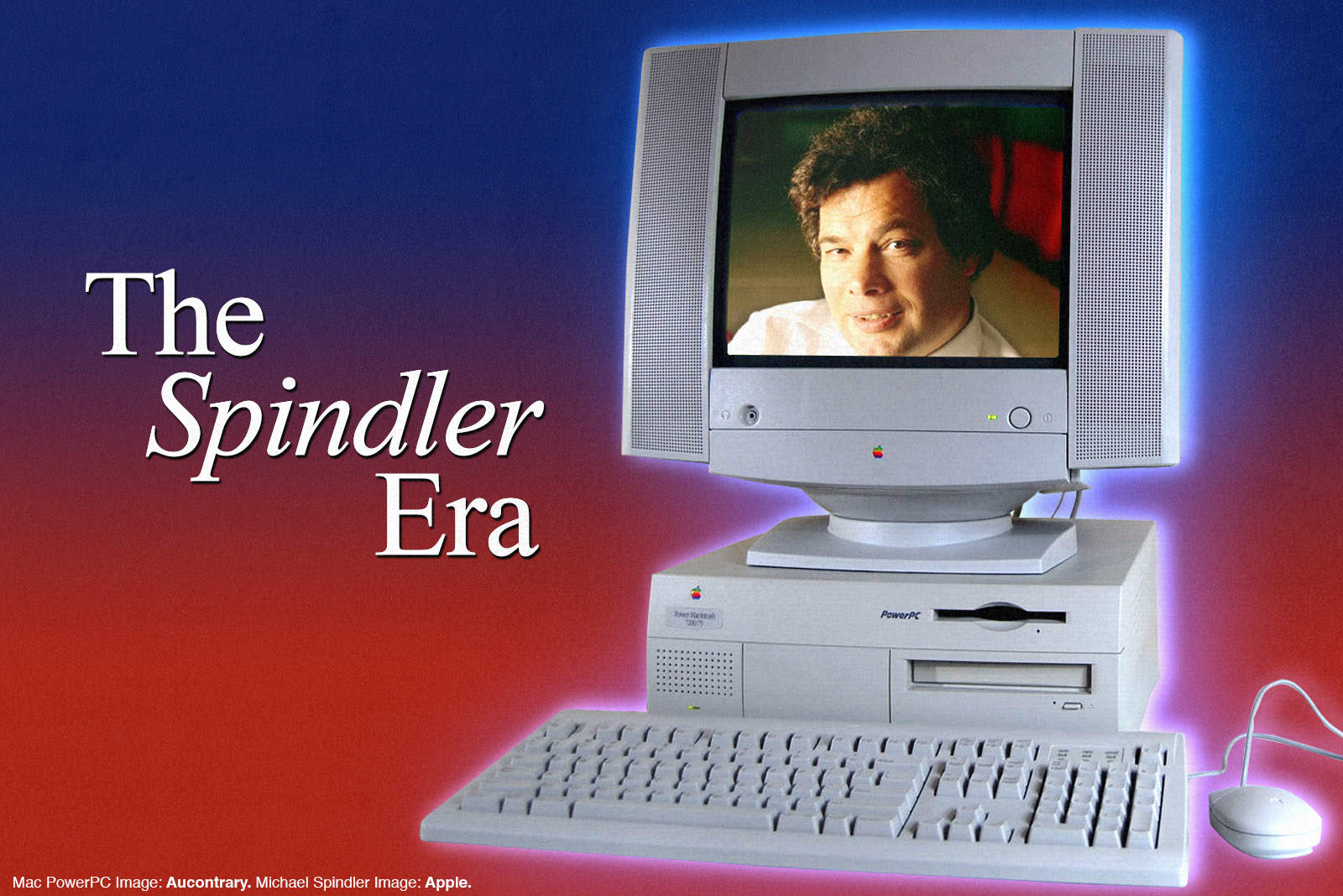 October 3, 1994: Apple CEO Michael Spindler reassures the world that Apple “is not a lame-duck company.”
October 3, 1994: Apple CEO Michael Spindler reassures the world that Apple “is not a lame-duck company.”
Why would anyone suspect that it is? The answer lies in Apple’s collapsing Mac sales, massive layoffs and a $188 million quarterly loss. At 15 months into his stint as CEO, Spindler wants to reassure everyone that the worst is over.
Sadly, things will decline further before they start to turn around.
The challenges Apple faced under Michael Spindler
The BusinessWeek article that quoted Spindler makes fascinating reading if you want to be transported back to the heady days of 1994. It provides a great overview of the big challenges Apple faced at the time.
Those included a U.S. market share in the PC sector that dropped from 14.2% in 1993 to 10.8% in ’94. Plus, Apple’s software sales were growing more slowly than those of rival companies.
Cupertino also faced the impending arrival of Microsoft’s Windows 95. For many people, Microsoft’s operating system would prove a good enough Mac OS clone to let them skip spending big money on an Apple computer.
“I have always been an Apple zealot,” says an unnamed former Apple executive quoted in the article. “But after seeing [Windows 95], I can’t be one anymore. What have they got going for them? I don’t get it.”
Michael Spindler: Apple’s austerity CEO
Spindler built a reputation as a brilliant business strategist working for the Apple Europe division. Involved with the company since its early days, his successful strategies included giving Apple territories around the world more autonomy over their marketing. This spurred global sales.
He also seemed a great austerity executive for Apple in the early 1990s. His first moves as CEO included laying off workers, ditching expensive blue-sky projects, cutting R&D costs by more than $100 million, freezing executive salaries, and getting rid of perks like free daycare and fitness centers.
Paving the way for Steve Jobs
In a way, Spindler’s moves were similar to Jobs’ actions upon returning to Apple a few years later. However, Spindler didn’t exhibit nearly the same scope of vision. Spindler also didn’t possess Jobs’ charisma (or even that of previous CEO John Sculley, for that matter).
After Spindler took over the top job at Apple, he didn’t make a public appearance for four months. (That’s one reason the BusinessWeek article seemed so significant.) Still, at the time, Spindler’s cost-cutting approach was what many people thought Apple needed. Apple Fellow Steve P. Capps is quoted in the article as saying, “I think we had too much vision with Sculley — all those speeches and trillion-dollar markets.”
All in all, it’s an interesting article that really sums up Apple at one of the most frustrating times in its history. The company had all the promise in the world, but lacked a strong identity and a cohesive vision. The piece also highlights once again the astonishing nature of Jobs’ turnaround efforts.
Were you following Apple in 1994? When did your interest in the company start? Leave your comments below.


